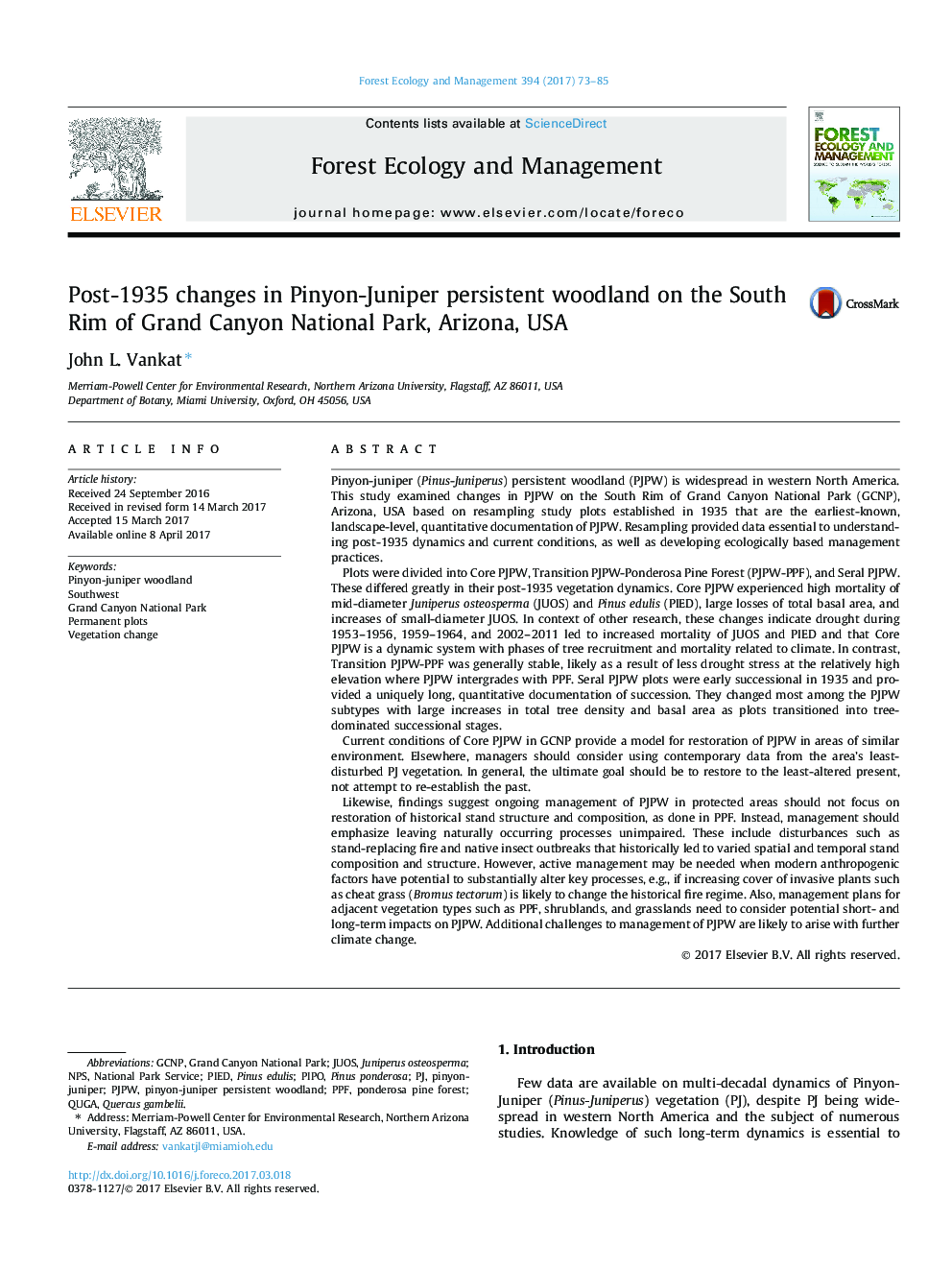| Article ID | Journal | Published Year | Pages | File Type |
|---|---|---|---|---|
| 4759451 | Forest Ecology and Management | 2017 | 13 Pages |
Abstract
Likewise, findings suggest ongoing management of PJPW in protected areas should not focus on restoration of historical stand structure and composition, as done in PPF. Instead, management should emphasize leaving naturally occurring processes unimpaired. These include disturbances such as stand-replacing fire and native insect outbreaks that historically led to varied spatial and temporal stand composition and structure. However, active management may be needed when modern anthropogenic factors have potential to substantially alter key processes, e.g., if increasing cover of invasive plants such as cheat grass (Bromus tectorum) is likely to change the historical fire regime. Also, management plans for adjacent vegetation types such as PPF, shrublands, and grasslands need to consider potential short- and long-term impacts on PJPW. Additional challenges to management of PJPW are likely to arise with further climate change.
Keywords
Related Topics
Life Sciences
Agricultural and Biological Sciences
Ecology, Evolution, Behavior and Systematics
Authors
John L. Vankat,
